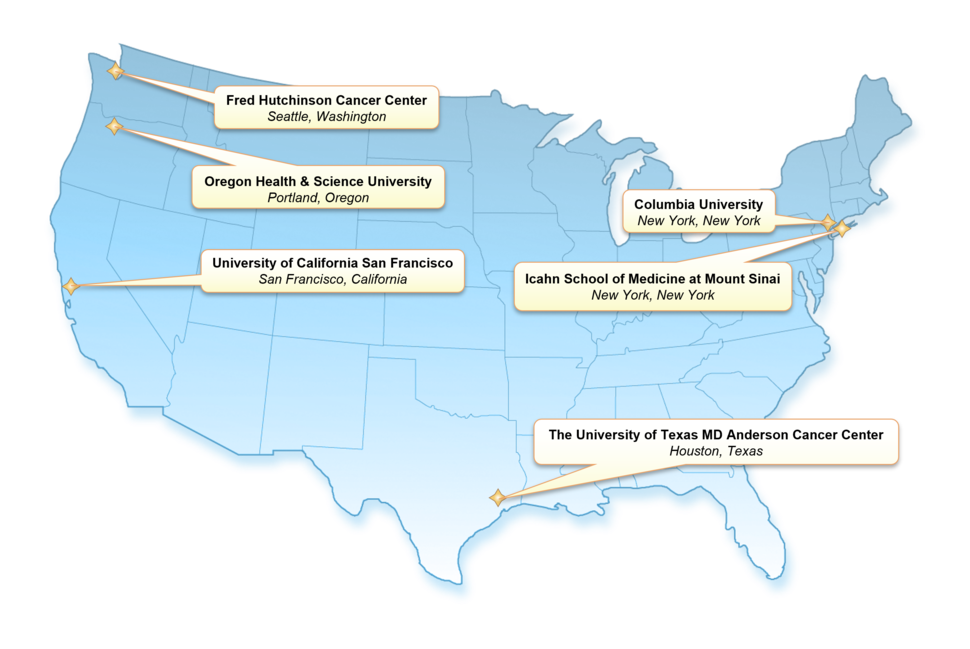The CTD² Network focuses on identifying and understanding several objectives to enable the development of effective therapeutic modalities in the future:
- pathways that influence cancer phenotypes (including understanding the function of the genes or target that are essential during cancer initiation, progression, and maintenance)
- perturbagens, singly or in combination, that can modulate such pathways
- biomarkers that predict responses to treatments, help determine prognosis, or contribute to understanding of other aspects of cancer etiology
The Network also addresses whether these findings are dependent on the defined genetic background (either germline or somatic) of the patient.
The CTD² Network consists of 6 research teams, called CTD² Centers, led by a principal investigator. The Centers work independently as well as collaboratively as a “Network”. Network Centers use a combination of state-of-the-art high-throughput informatic and experimental approaches to functionally validate discoveries from genomic studies and advance them toward precision oncology. They share data and resources, such as analytical tools and reagents, across the Network and with the research community.
Each Center contributes unique expertise in one or more of the following areas:
- in-depth mining of genomic data
- systems biology analyses
- high-throughput screening of small molecules or genetic perturbagens
- in vitro and in vivo biological characterization approaches
- cancer models (cell lines, organoids, patient-derived xenografts)
- gene–gene dependencies (e.g., synthetic lethality)
- identification of interacting protein subunits in biochemical processes
- complex analytical approaches to target identification
- technology development and improvement
